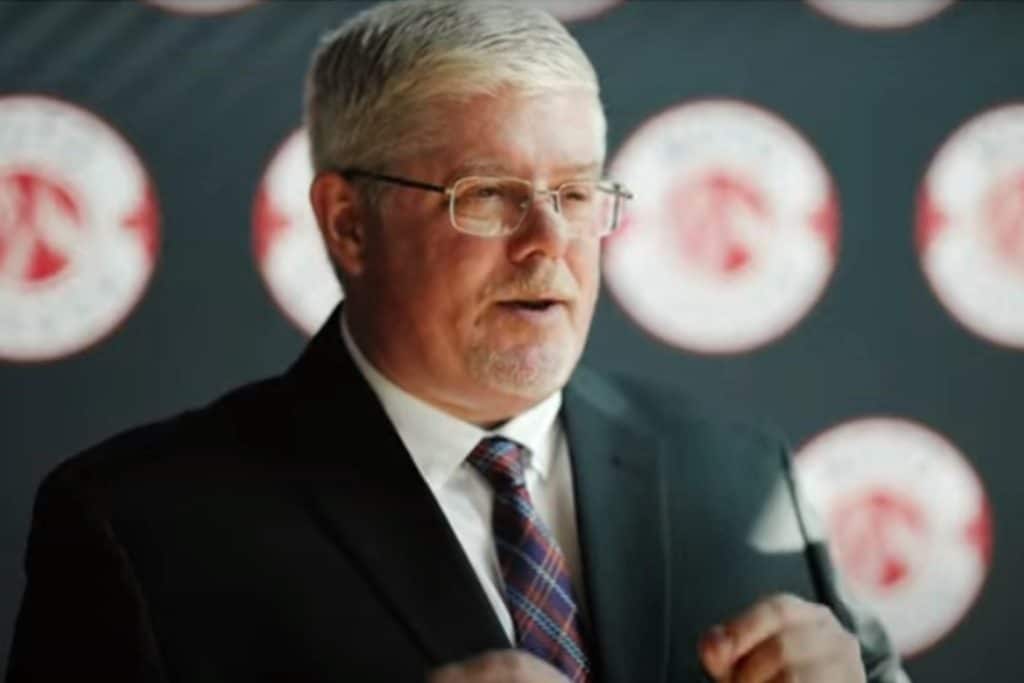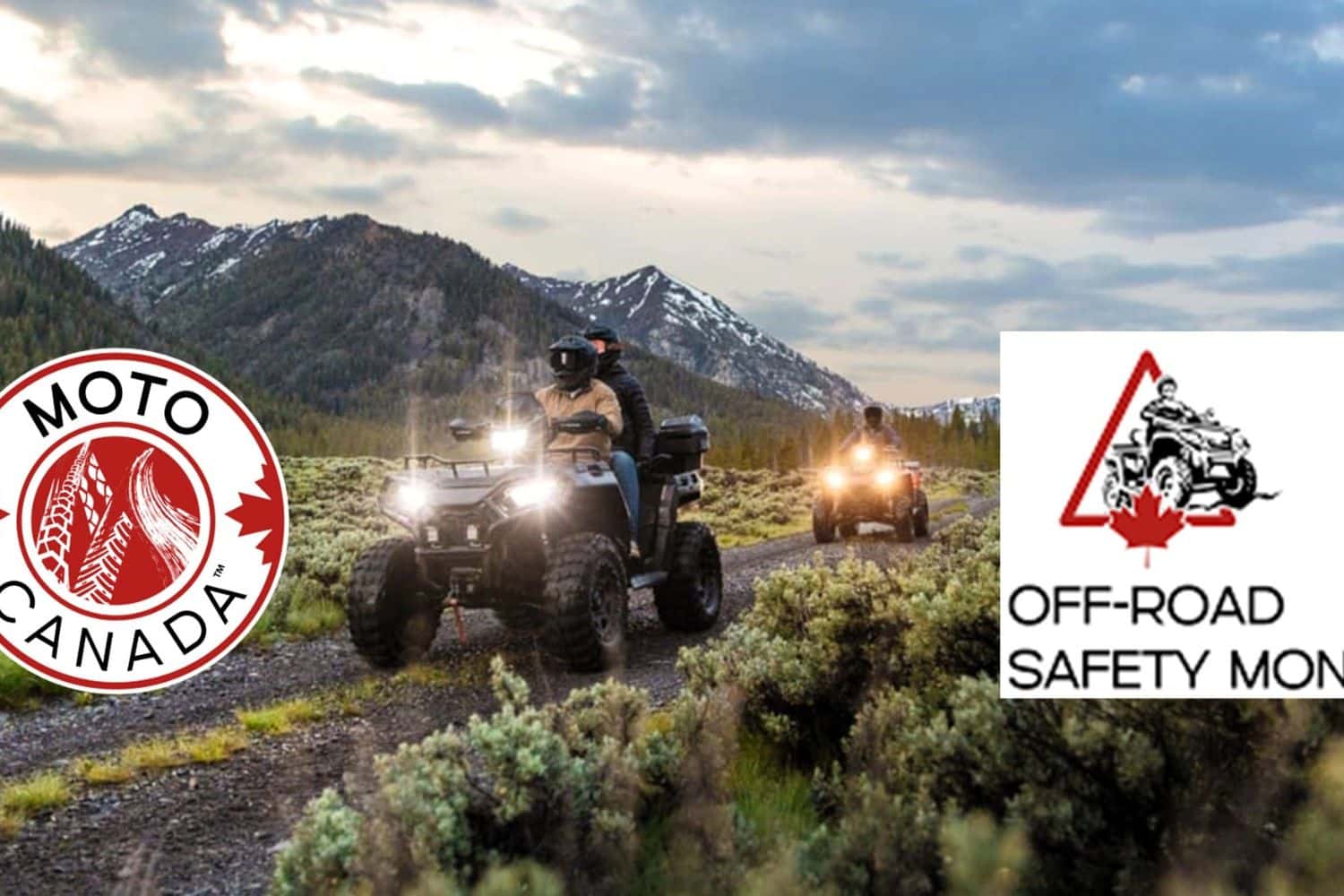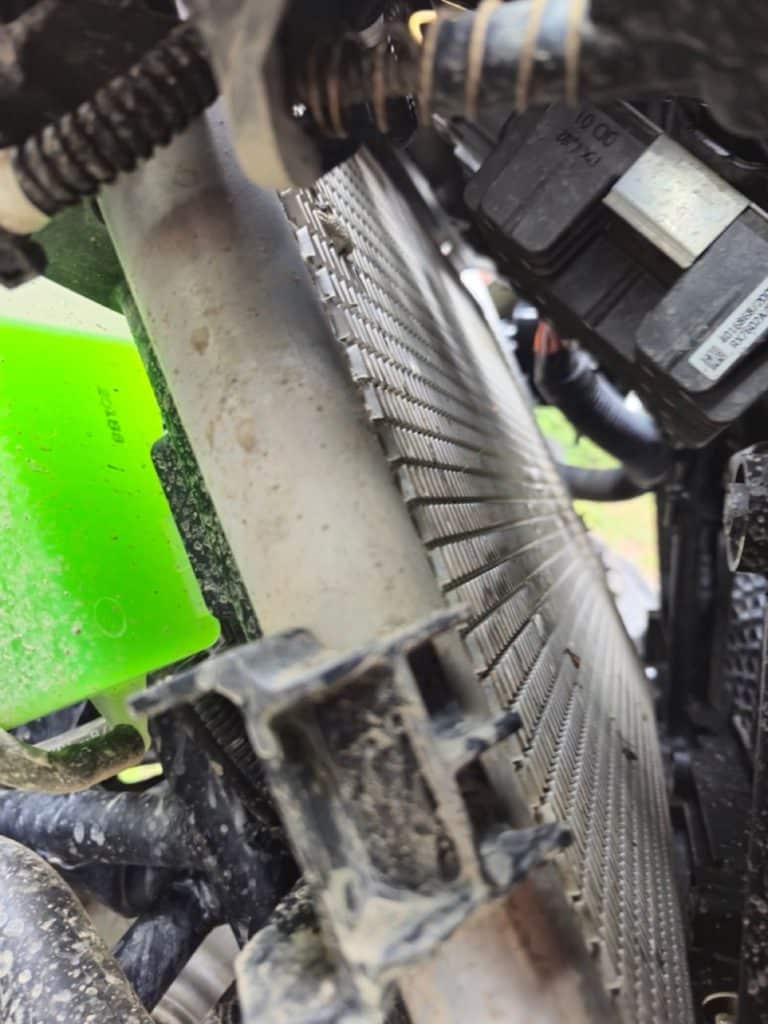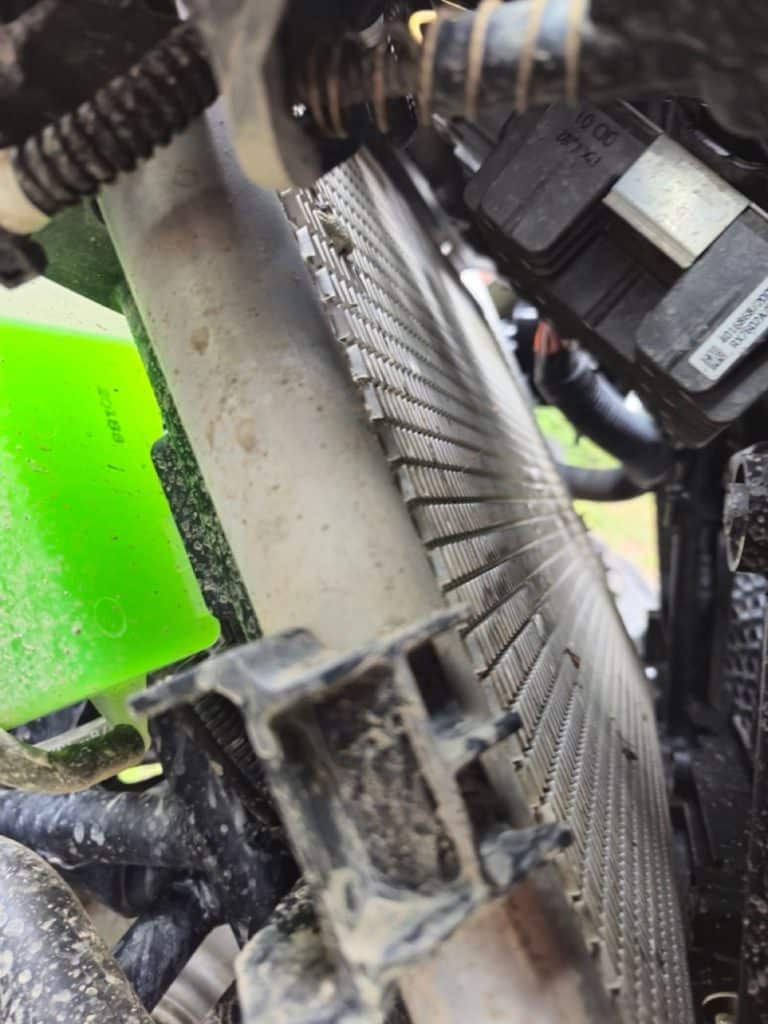A round logo appeared last year in the name of MOTO CANADA, and it has become very present in the Canadian motorsports world. Who’s behind this name, which is more unifying than you might think? It’s the new name of the Motorcycle and Moped Industry Council. The MMIC has a new look and a new CEO after 40 years of management by Bob Ramsay. But motorcycle distributors also distribute ATVs and side-by-sides. They are committed to safety and the responsible use of off-road vehicles. They support the Quad Club Federations and the quad and side-by-side industry, as they used to do with their COHV subsidiary.
Mission
Moto Canada represents the interests of manufacturers and distributors of motorcycles, mopeds, scooters, ATVs, side-by-side vehicles and related industries in Canada.
The primary objective is to promote the sale and development of vehicles, including off-road vehicles. To achieve this goal in a responsible manner, it supports quad communities, training and safety to welcome new adepts and retain current users.
Moto Canada employs a lobbyist who can communicate with all levels of government, federal and provincial, to defend the position of OHVs and anticipate regulatory changes. It creates collective programs to support the actions of distributors and users, such as motorcycle and powersports shows in different Canadian cities.
Members
This non-profit organization brings together 90% of importers of all-terrain quads and side-by-side vehicles, as well as on- and off-highway motorcycles and scooters. Distributors of motorcycle and powersports accessories are also members. They enjoy a number of benefits: monthly statistics on new unit sales, discounted exhibition space at trade shows, annual sales reports, information on technical standards and much more.
Members include all the major brands of off-highway vehicles: Arctic Cat, Argo, Can-Am, Honda, Kawasaki, Polaris, Suzuki, Yamaha.
The transition
Founded in 1971, MMIC was led from 1984 by Bob Ramsay until 2021. Around the organization, he created Powersport, a company dedicated to organizing motorcycle and quad shows. Another entity, the COHV (Canadian Off-Highway Vehicle Distributors Council) was established to monitor the off-highway market. MMIC helped organize and fund the Canadian Quad Council (CQC).

After his retirement, two general managers succeeded him, including Bianca Kennedy, who was director of the Montreal Motorcycle Show before Covid. Landon French was appointed in December 2022. Among other things, he has held executive positions at TELUS and Canadian Tire, and was CEO of the Ontario Federation of Snowmobile Clubs.

Actions
Under his leadership, a number of changes were made, including a new logo and the amalgamation of the Powersport and COHV companies under the banner of a new, more explicit name: Moto Canada, made up of an OBSL and a for-profit marketing and media company (Moto Canada Connect ) to produce the shows.
Moto Canada has changed its funding methods, discontinued or reduced its support for certain Canadian associations, and moved closer to national and provincial associations. This is the case for the Quad Council of Canada (CQC) and the FQCQ, Fédération des clubs de quad du Québec.
For the first time, the organization has created a national off-road safety month in June. The need really exists. Because according to federal data, driving while impaired by drugs and alcohol accounts for around 51% of ATV-related deaths between 2013 and 2019. In addition, poor driving decisions on dangerous terrain and slippery surfaces contribute to 33% of these deaths. Other risk factors include not wearing a helmet, riding alone and young quad riders riding unsupervised. The association recommends taking Canada Safety Council training courses: https://canadasafetycouncil.org/product-category/orvt/
Moto Canada has also commissioned a socio-economic study to demonstrate the contribution of the motorcycle and off-road vehicle sector to the Canadian economy, overall and for each province.
According to the study, in 2022, there will be 1,071,800 quads and side-by-sides in service in Canada. Total sales of quads and side-by-sides, as well as parts and accessories, in Canada were estimated at around $1.4 billion. Quebec accounted for around 24% of sales, representing 331 million.
As of now, Moto Canada has announced its upcoming 2025 show dates across the country.

- Vancouver: January 17-19 at Tradex Abbotsford
- Calgary: January 31-February 2 at the BMO Centre at Stampede Park
- Toronto: February 14-16 at the Enercare Centre at Exhibition Place
- Montreal: February 28-March 2 at the Palais de Congrès
Satisfied with the results in 2024, they report that, in addition to showcasing many new vehicles, including quads and side-by-sides, they will be promoting the groups, clubs and organizations that drive communities across Canada. They’ll be highlighting the safety, innovation and economic impact of the industry. Booth rentals start at a few hundred dollars for non-profits.
Upcoming challenges
Moto Canada has a big roadmap for the future. The industry is in a state of flux, with the end of combustion engine manufacturing in 2035, and electrification in its place. Electric recharging of off-road vehicles will have to be studied, as will the possibility of battery exchange. Federated trails are an economic engine, and they must continue to exist and link the various regions, to promote tourism and enable OHV travel.
All these objectives are in addition to the traditional missions of training new users, promoting safety and ensuring the social acceptability of the vehicles concerned.
To see their website: https://motocanada.com/






